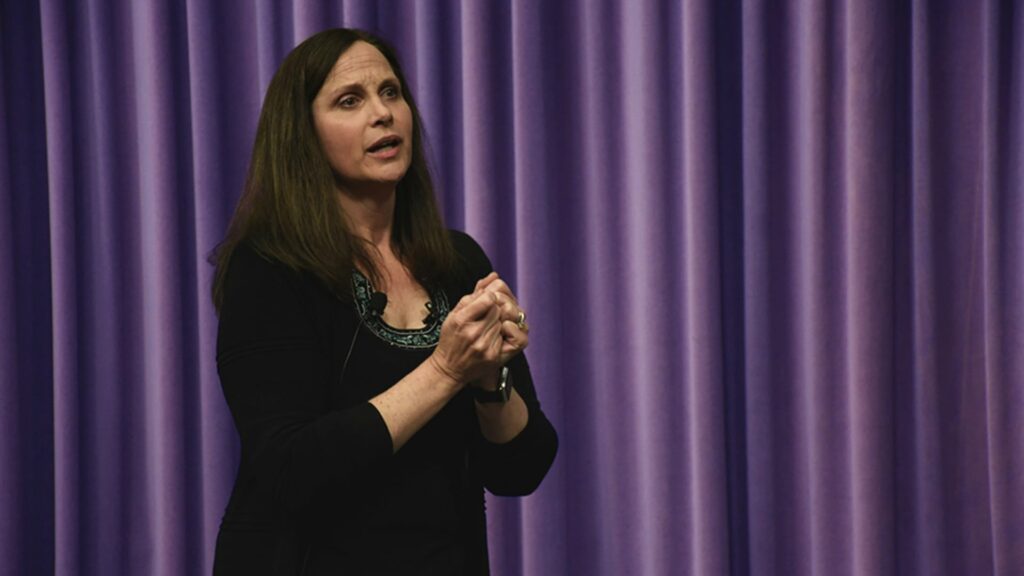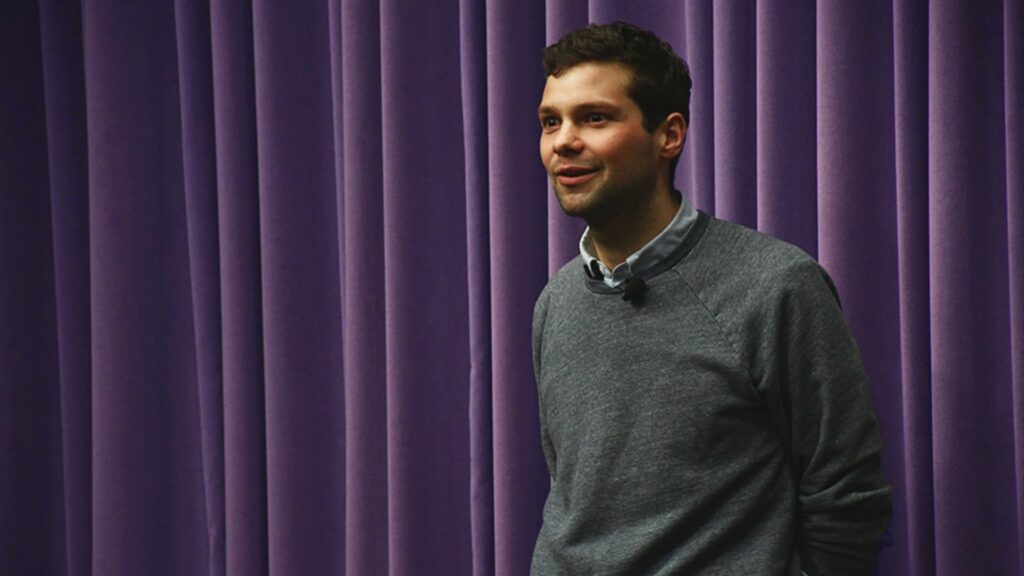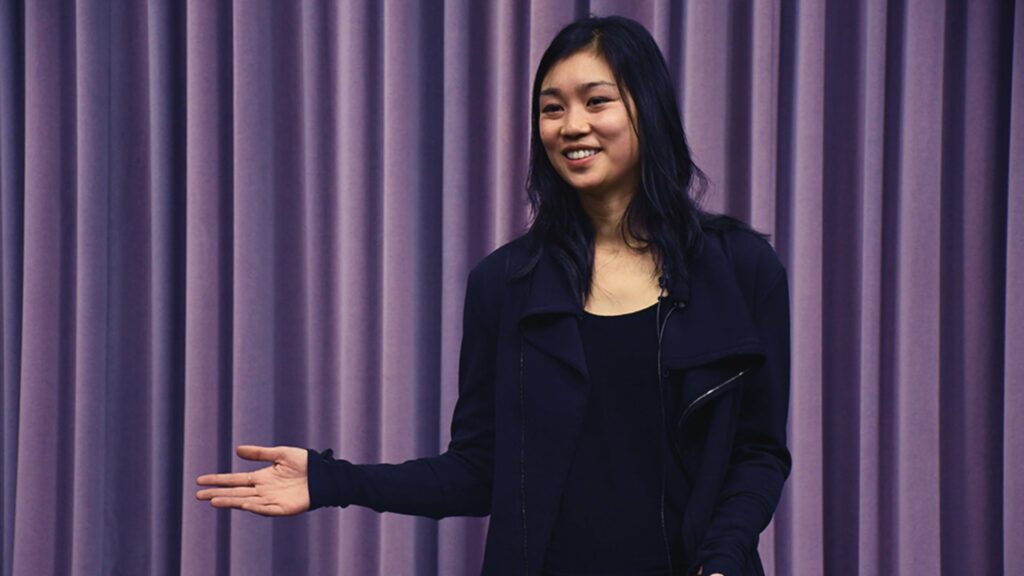
If you ask, experienced entrepreneurs will make it very clear how difficult their job is, and how slim your chances are of launching the next Uber or Facebook. And yet, around the world, the allure of entrepreneurship grows stronger by the day. It coincides with the mantra that innovation is the answer to all of life’s shortcomings.
So, especially in innovation hubs like Silicon Valley, everyone wants to “do a startup” just to do it. And we’re doing it at a time when books, classes and other resources have all but demystified the art of entrepreneurship and turned it into a step-by-step process. Couple that with readily available startup money from a crowded field of venture capitalists competing to back that next game-changer, and you can go from zero to launch in no time.
The challenge is knowing if what you’re building is exactly what customers want before you’ve blown all that capital on hiring top talent and building the actual product. Traditionally, that was called “market research.” Then in 2008, with the introduction of the “lean startup” approach by Eric Ries, entrepreneurs turned to business-hypothesis-driven experimentation and iterative product releases based on customer needs.
At around the same time, Alberto Savoia, a two-time entrepreneur and early employee of Google, began urging entrepreneurs to “pretotype” before they prototype. Savoia was the search giant’s first engineering director and most recently held the title “Innovation Agitator” at Google before leaving in 2012 to focus on spreading his idea to help you ensure that “you are building the right it before you build it right.”
The premise of Savoia’s approach is that most new ideas fail in the marketplace not because they are poorly built or executed, but because they were the wrong idea to pursue in the first place. In his 2011 book Pretotype It — a 75-page manual that begins with the disclaimer that it is itself a pretotype — Savoia states that 90 percent of mobile apps don’t make any money, and 80 percent of startups lose money for the investors.
To show that even the most proven innovators are likely to fail, he includes slides in his standard presentation that are riddled with the logos of killed initiatives at Google and Microsoft.
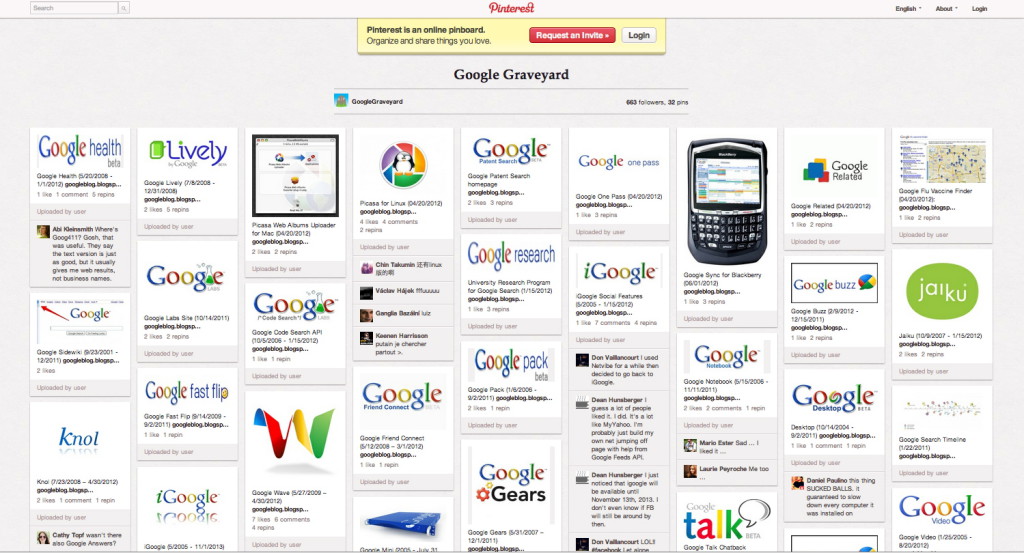
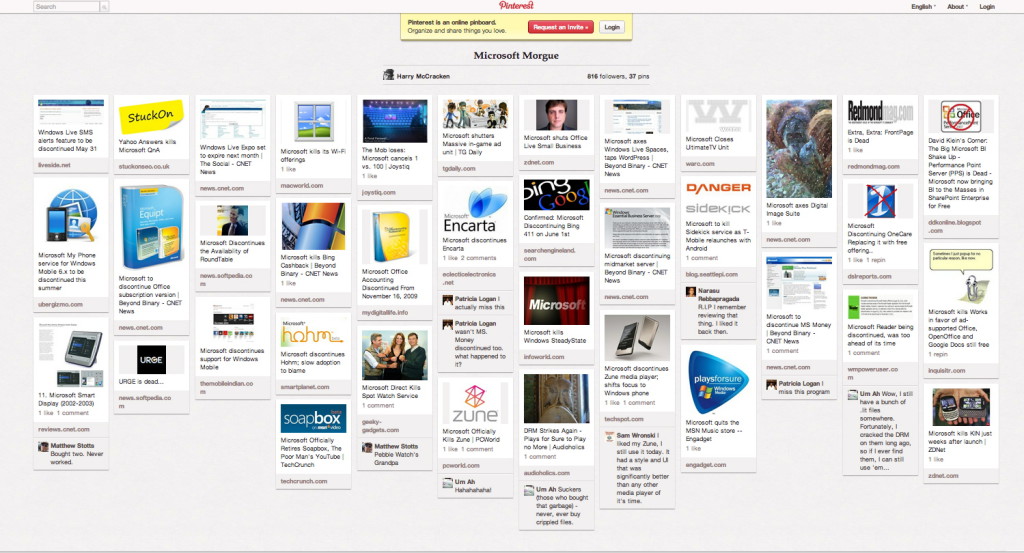
“We assume too much, plan too much, hope too much … and test too little,” Savoia says. His approach offers multiple techniques for pretotyping something to determine whether you’re building the “right it.” All are ways to test a product or service with minimal build-out, use of resources or emotional attachment.
For instance, at Stanford, where Savoia is an educator-in-residence, students came up with a potential business idea called “Second-day Sushi.” Would cash-strapped college students buy day-old sushi from a campus eatery if labels said so and offered a 50 percent discount? Would enough of them be persuaded by the catchphrase “Nothin’ fishy about it!” to make Second-day Sushi an idea worth fleshing out further?
Many of Savoia’s pretotyping techniques reflect his clever approach to experimentation and his focus on “time to data”: How quickly can you get real-world data to support or invalidate your idea. For the students, he proposes printing out some simple stickers that say “Second-day Sushi, 1/2 Off” and placing them on half the sushi containers sold at the eatery. Then, he would stand back and count how many students bought sushi that day, and how many of them chose the discounted containers.
From his time at Google, Savoia prefers decisions be backed by numbers. So, he specifies that at least 20 percent of students would have to buy Second-day Sushi to consider it a successful experiment.
Savoia is quick to add that the eatery’s permission might be needed to conduct such a pretotype. But even without it, he says students could be stopped before they bring containers labeled Second-day Sushi to the cash register, told that it was just an experiment, and that they are actually holding fresh fish. And in return for unknowingly participating in this market test, you offer to pay for their lunch.
“Students get a free sushi box and you get real data,” Savoia says, “not just some fuzzy opinion that provides no metric for success.”
This experiment embodies an approach to many of Savoia’s pretotyping techniques, which is, “test before you invest.” And while Savoia acknowledges some overlap between the meaning of pretotype and prototype, he does draw an important distinction:
“A key difference between pretotypes and prototypes is that the cost and timeframe for pretotyping is at the lowest end of the spectrum that is usually covered by prototyping,” he explains in his book. “It’s acceptable for a prototype to take months or years of development and cost millions of dollars. In contrast, it’s definitely not acceptable for a pretotype to take that long or cost that much.”
He adds, “One of my standard challenges is the ‘24/24.’ Can you get me real-world data in 24 hours or less for $24 or less?”


